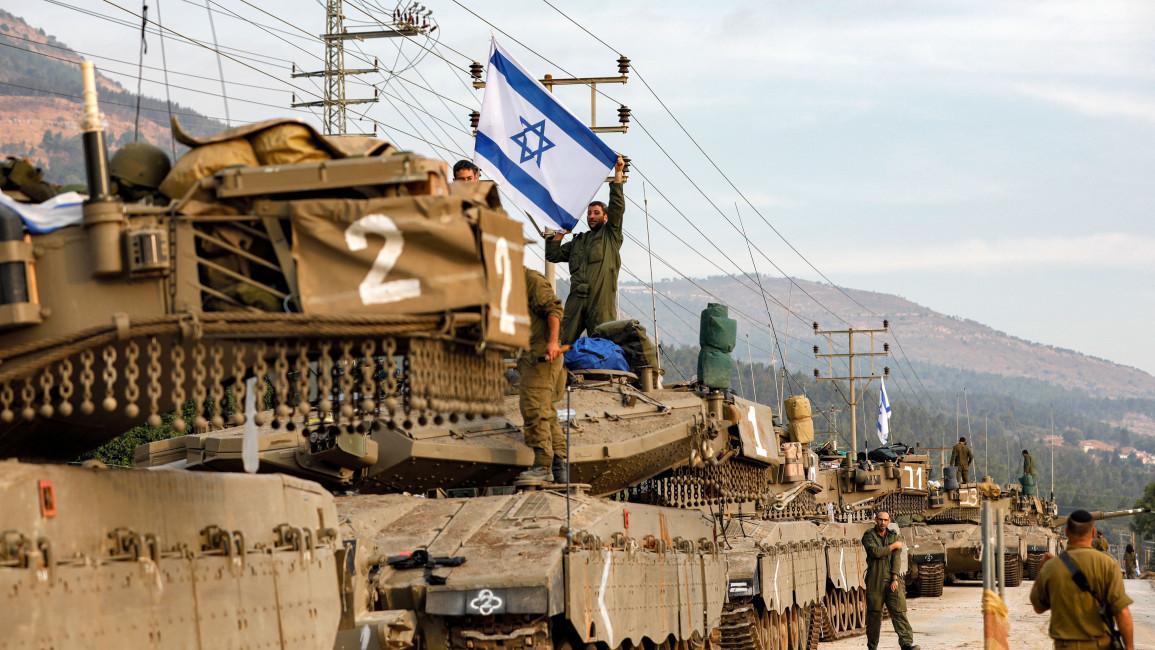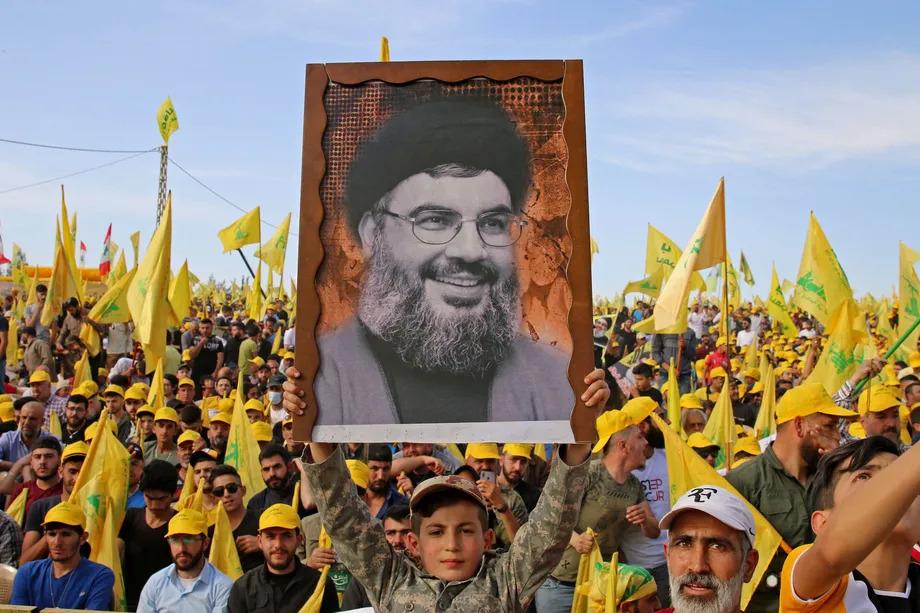How Israel-Hamas war boosted Axis of Resistance in the Middle East? Deep dive into the war
In light of the devastating Israel-Hamas war in the Gaza Strip, Tel Aviv took a firm stance against Iranian-backed proxy forces in its close vicinity, including well-known Hezbollah-based southern Lebanon territories. Since the inception of the war in Gaza, many argued that Israel’s large-scale ground operation could provoke a greater regional war with other state and non-state actors. As such, recent statements by Israeli officials have raised fears Israel could go to war against Hezbollah in Lebanon.
Since Hamas’s unprecedented 7 October attack on Israel and Israel’s unprecedented retaliation in Gaza, the Israeli military and Hezbollah have engaged in the most significant clashes along the Lebanon-Israel border since the 2006 war. The violent events represented a significant setback for Israel, exposing vulnerabilities in its intelligence and military apparatus.
While the fighting between Israel and Hamas is expected to slow down, developments on the southern border of Lebanon between Hezbollah and Israel suggest that cross-border clashes between the parties heighten the potential of a large-scale war. Until now, Israel has not given a clear signal that it is preparing for a war with Hezbollah, though the current dynamics are altering toward more dangerous escalation.

Since the end of October, the gradual escalation has extended the firing zone beyond a strip five kilometres deep on either side of the border. The intensity of the fighting is such that the south of the country regularly comes under fire from more than 30 shots from the Israelis a day.
Hezbollah has long been considered one of the strongest Iranian proxy groups and non-state actors in the Middle East with sufficient military resources and firepower. Thus, it poses a critical threat to Israel’s northern territories for many years with frequent attempts of infiltration and reconnaissance.
However, Hamas’s attack on Israel paved the way for Hezbollah’s closer involvement in the process as it intensified missile and drone attacks on Israeli infrastructure simultaneously. By targeting Israeli military infrastructure, Hezbollah has sought to change the rules of engagement with Israel.
The group has methodically targeted and destroyed Israel’s advanced surveillance systems, including surveillance towers and eavesdropping and jamming devices, which enable Israel to monitor all movement along the Lebanese side of the border.

This suggests an anticipation of war on Hezbollah’s end. Media reports appear to highlight Galilean towns in northern Israel as a vulnerable target for Hezbollah, with expectations that Galilee could become a key flashpoint in the conflict.
Indeed, the most substantial development of Hezbollah in the last several years was its increased drone and reconnaissance capabilities. The Lebanese movement is claimed to possess over 3,000 drones with varying ranges and payload capacities, surpassing recent Israeli estimates. Some of the Unmanned Aerial Vehicles (UAVs) can reach distances of over 300 km, effectively covering most of Israel.
Considering these technical capabilities of Hezbollah, the Israeli government demands the withdrawal of the organization’s forces from the border areas, which seems unlikely. Hezbollah sees an opportunity to boost its influence at a time when Israel is distracted by the ground operation in Gaza and the international community’s pressure.
Simultaneously, Hezbollah comprehends that its chances to start a full-scale war against better-equipped Israel are minimal and therefore will keep its operations limited with missile and drone attacks.

Both Israel and Hezbollah have shown considerable restraint. That is likely to continue as much of the rhetoric is meant as the baring of teeth and posturing for domestic credibility. Notwithstanding, the war has restored Hezbollah’s status in the eyes of many Arabs as a major resistance movement against Israel.
Although Hezbollah senior officials maintain close coordination with the leadership of Hamas amid the waging war, it seems reluctant to enter the war and cross the red lines with Israel.
In the first weeks of the war, Hezbollah held talks with senior Hamas and Palestine Islamic Jihad leaders in which they concluded that they share a goal of seeking “a real victory for the resistance in Gaza and Palestine” and stopping Israel. Undoubtedly, it is a delicate moment for Hezbollah, an organization whose primary goal is eliminating the state of Israel but that has also amassed significant political power in Lebanon that it is fearful of losing.
Indeed, the ongoing Israel-Hamas war threatens fragile regional security as Iran’s Axis of Resistance gained a new impetus. Although the international community attempts to ensure a durable ceasefire and back on the diplomatic track, the current perspectives of peace seem miserable and unrealistic.








